Key Takeaways
Vintage lenses are treasures that require proper maintenance to preserve their functionality and value.
Before cleaning a vintage lens, conduct a thorough inspection to assess its condition.
Use gentle tools and techniques to clean vintage lenses without causing damage.
Regular maintenance routines are crucial to keep vintage lenses in top shape.
Proper storage solutions are essential to protect vintage lenses from environmental hazards.
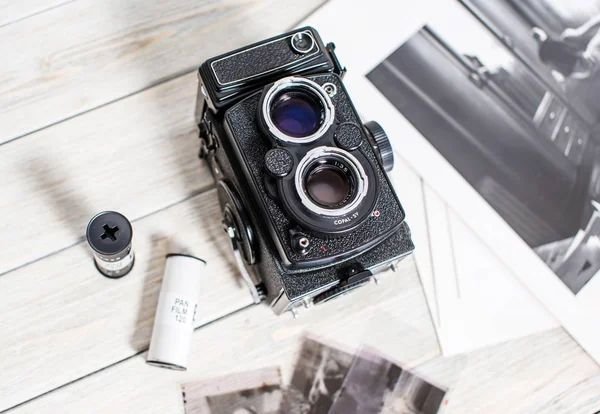
Why Retro Lenses Deserve Modern Care
Vintage lenses have a character all their own, often giving photos a distinctive look that modern lenses can’t quite emulate. But because they’re no longer in production, each vintage lens is irreplaceable. That’s why it’s critical to maintain them with the same level of care—or even greater—than we would with modern gear.
Step-by-Step: Vintage Lens Revitalization
Inspection before Cleaning
Before diving into the cleaning process, it’s essential to inspect your vintage lens closely. Look for signs of mold, dust, or oil on the aperture blades. These issues are common in older lenses and can affect image quality. If you notice any problems, it’s better to address them now rather than risk further damage during cleaning.
Gentle Cleaning: Tools and Techniques
You’ll need a few specific tools to get the job done right:
A soft, lint-free cloth for wiping away dust and smudges.

A blower brush to gently remove loose particles.
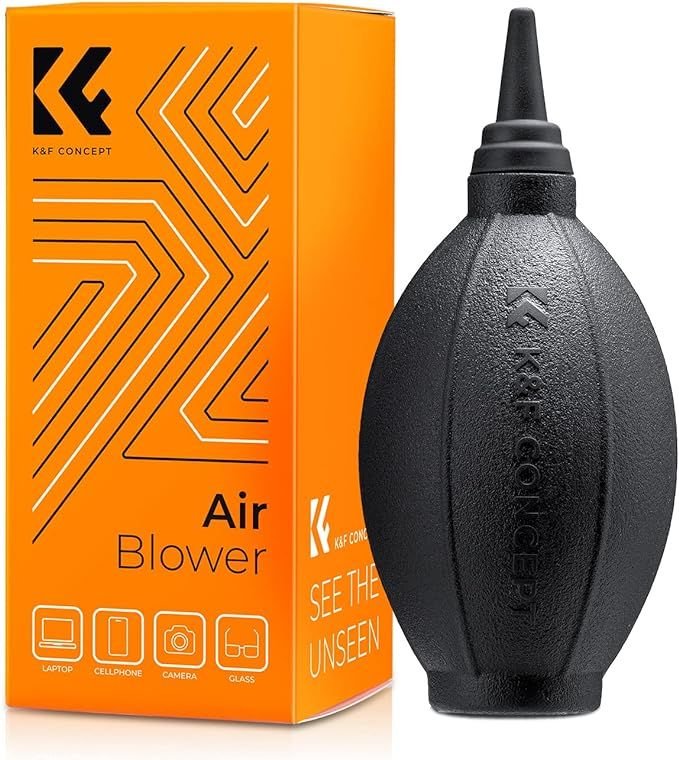
Lens cleaning solution applied to the cloth, not directly on the lens, to prevent liquid from seeping inside. But before using this solution make sure that your camera lens is okay with the solution.
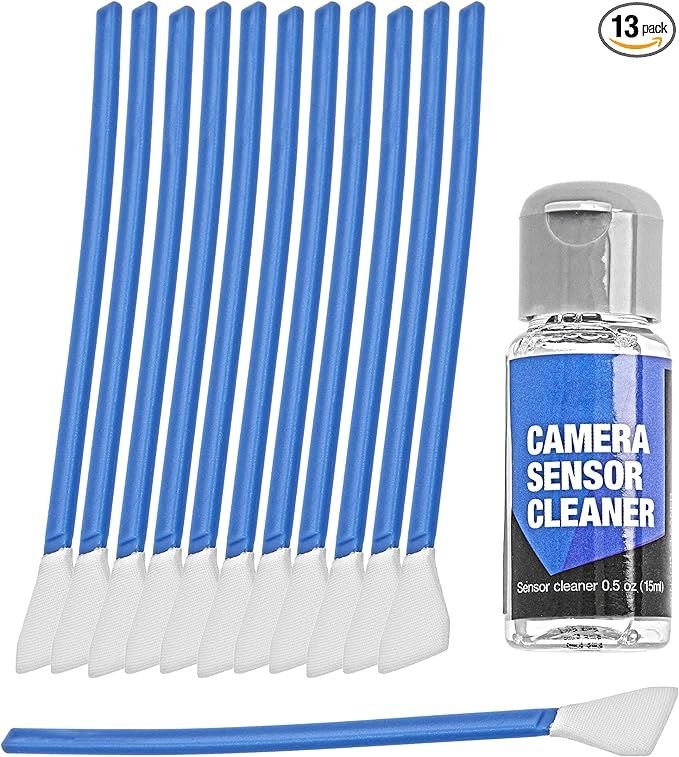
Start by using the blower brush to dislodge any loose debris. Then, lightly dampen your cloth with the cleaning solution and wipe the lens in a gentle, circular motion. Avoid applying pressure, as vintage glass can be delicate.
Routines for Regular Lens Care
Here’s a simple routine to follow:
After every use, give your lens a quick brush to remove dust.
Once a month, do a more thorough cleaning with the cloth and solution.
Every six months, check the lens for any signs of fungus or separation, which can occur in older lenses.
By sticking to this routine, you’ll keep your vintage lenses in prime condition, ready to capture the next moment in history.
Or try buying a cleaning kit

Between Snapshots: Daily Maintenance Do’s
Even when your vintage camera isn’t in use, it’s important to keep it in good shape. Every day, take a moment to wipe down the exterior with a dry cloth to remove any dust or fingerprints that may have settled on it. This simple act can prevent buildup over time and keep your camera looking as timeless as the images it captures.
Caring for Lens Exteriors
Here’s a guide to keeping the exterior of your lenses in top-notch condition:
Always handle lenses with clean hands to avoid transferring oils and grime.
Use a lens cap whenever the camera is not in use to protect the glass from scratches or sun light.
Keep a soft, dry brush handy to gently sweep away any particles that could scratch the lens surface.
Remember, the glass is the eye of your camera. Protecting it ensures that your camera maintains its ability to see the world clearly.
When you’re on the move, keep your lenses in a padded bag to cushion them from any jolts or bumps. It’s also wise to avoid extreme temperatures, as these can cause the lens elements to expand or contract, potentially leading to misalignment. For more in-depth information, check out this guide on cleaning, storing, and repairing classic cameras. By pressing the link you will discover different type of bags that are BUDGET FRIENDLY!

Most importantly, never attempt to clean the lens with harsh chemicals or abrasive materials. These can irreversibly damage the delicate coatings that give vintage lenses their unique optical qualities.
Protecting the Lens’s Inner Workings
While the exterior of your lens is important, the interior is where the magic happens. The mechanics of a vintage lens can be intricate, and dust or mold inside can be a death sentence for image quality. If you’re comfortable with disassembling and reassembling lenses, you can carefully clean the internal elements using the same gentle methods as the exterior. If not, it’s best to leave this to a professional. A well-maintained lens on the inside will keep your images sharp and clear for years to come. Here is how fungus looks inside camera lens
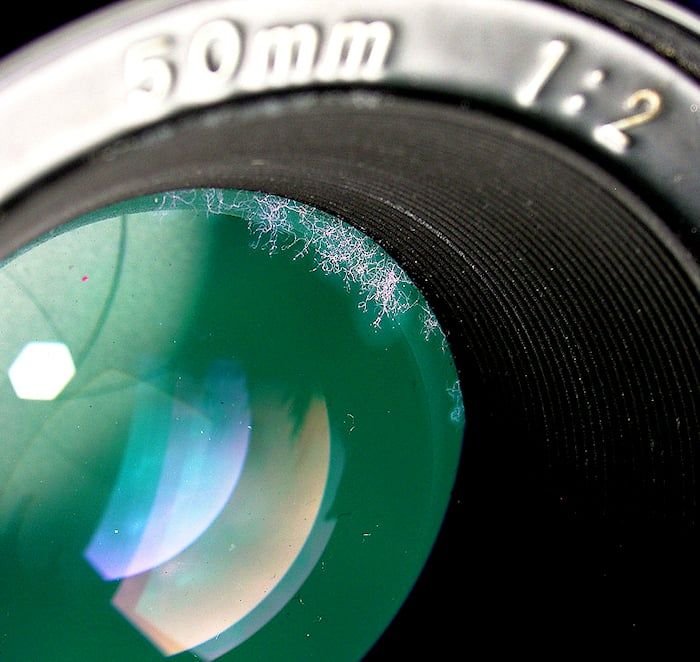
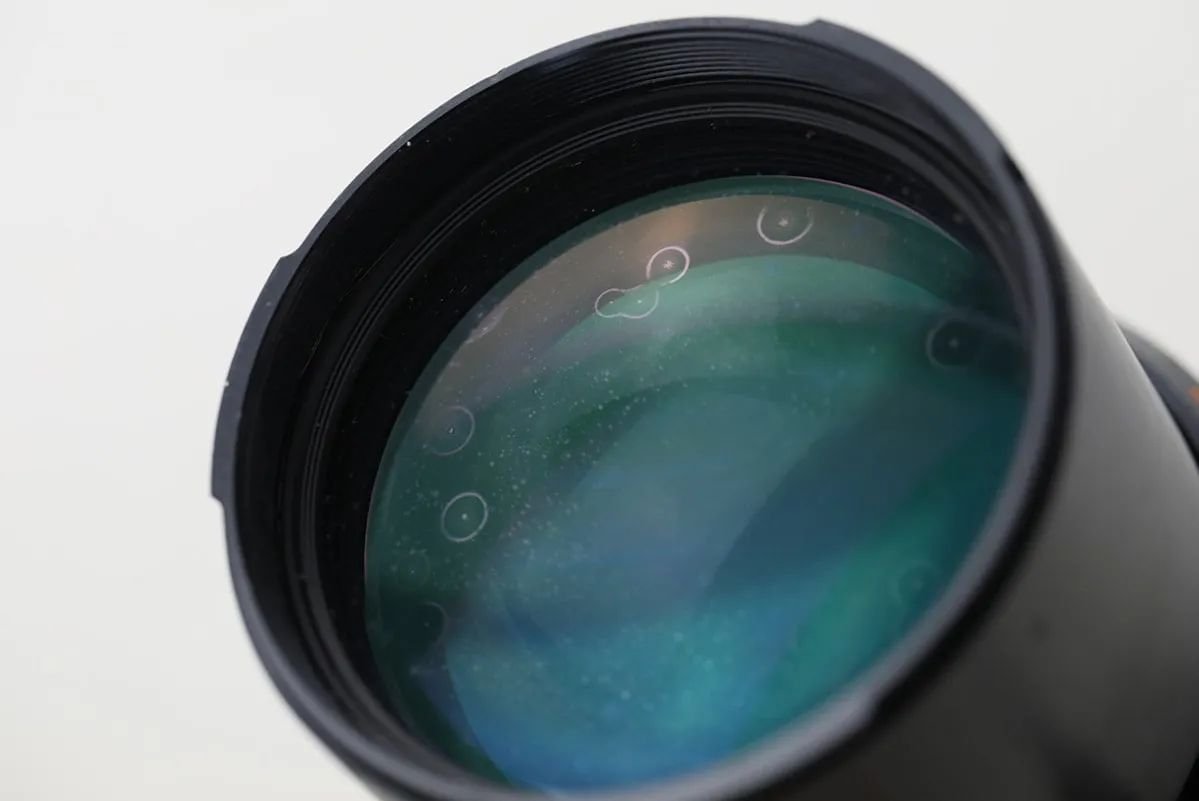
Safe Haven: Storing Your Vintage Gear
Storing your vintage camera and lenses properly is just as crucial as cleaning them. Think of storage as your equipment’s home—it needs to be safe, secure, and suitable for its needs. Avoid areas with high humidity, which can promote the growth of fungus, or places with fluctuating temperatures, which can cause condensation.
Consider investing in airtight containers with silica gel packs to control moisture. This can be a simple and effective way to protect your gear from the elements.

Setting up Your Storage Space
Here’s how to create an ideal environment for your vintage treasures:
Choose a cool, dry place away from direct sunlight to prevent lens coating damage and leatherette peeling.
Use silica gel packs to absorb any excess moisture in the air.
Ensure that your storage space is free from dust, which can find its way into the smallest crevices of your camera and lenses.
Defending Against Dampness and Dust
Dampness and dust are the arch-enemies of vintage camera equipment. Even a small amount of moisture can lead to fungus, which eats away at lens coatings and internal optics. Dust, on the other hand, can scratch surfaces and interfere with mechanical parts. Keeping your storage space dry and clean is your best defense against these threats. For more detailed information, consider reading this Classic Camera Cleaning Guide to help maintain your equipment in top condition.
For those with a significant collection of vintage gear, consider a dedicated storage system that offers temperature and humidity control. These systems can be a worthwhile investment, ensuring that your vintage lenses are kept in an environment that’s just right for their preservation.
FAQs: Film Camera Cleaning and Care
Can I Repair a Vintage Camera Myself or Should I Consult an Expert?
If you’re familiar with the mechanics of cameras and feel confident in your abilities, you can attempt minor repairs yourself. However, for more complex issues, especially those involving the inner workings of the lens or shutter mechanism, it’s best to consult an expert. Vintage cameras are intricate and can be easily damaged by inexperienced hands.
Is It Necessary to Store Film Cameras in Climate-Controlled Conditions?
While not every photographer has access to climate-controlled conditions, storing your film camera in such an environment is ideal. Fluctuations in temperature and humidity can cause a range of issues, from lens fungus to deterioration of the camera’s body. If climate control isn’t an option, use silica gel packs and airtight containers to protect your equipment as much as possible.
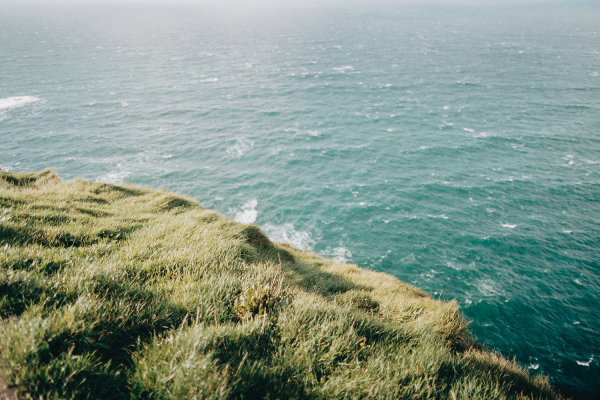



Leave a Reply